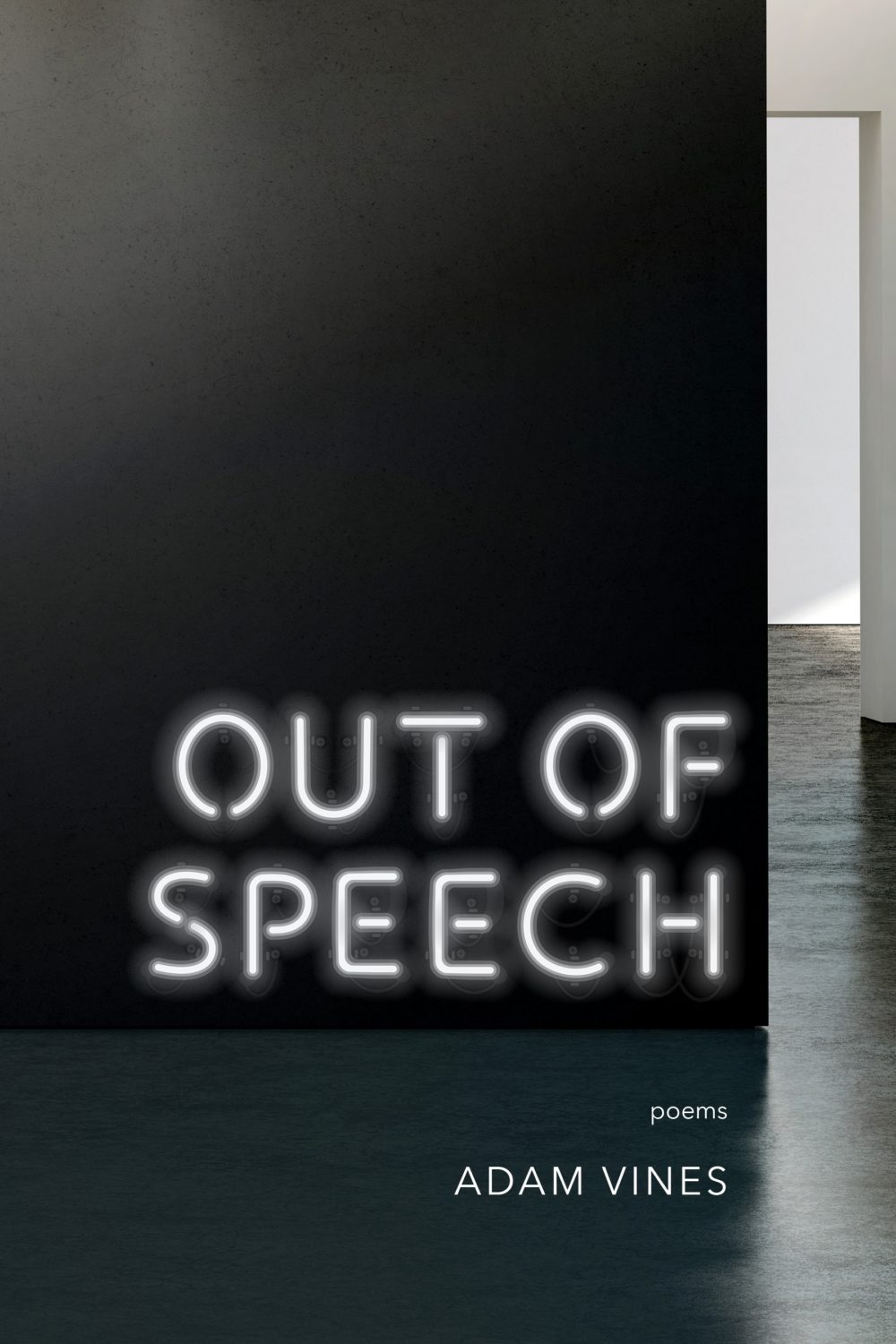

Our understanding of sensorimotor control has been shaped by observing how participants adapt movements to perturbations of the sensory signals that guide movement. Here, we test these assumptions in speech and coincident hand movements. For such an approach to yield broad theories of sensorimotor control, we must assume, firstly, that the control processes that govern one system (e.g., reaching) apply to other behaviors (e.g., speech), and, secondly, that these processes apply when multiple actions occur at the same time as they do in the real world. Even though we often make multiple movements simultaneously, research has largely focused on how motor behaviors are learned and maintained in isolation. We have conversations while sipping coffee, talk on the phone while walking down the street, and use gesticulations to facilitate speech. Motor behaviors rarely occur in isolation. They suggest that some forms of speech adaptation may lack an explicit learning process altogether. The results demonstrate that the explicit learning process in visuomotor adaptation is sensitive to movements in other motor domains. In contrast, visuomotor adaptation had no impact on speech adaptation. Across three experiments (n = 60, n = 48 and n = 76, respectively), we demonstrate that visuomotor adaptation is markedly impaired by simultaneous speech adaptation, and the impairment is specific to the explicit learning process in visuomotor adaptation. Using real-time alterations of vowel sound feedback, and visual rotations of the cursor’s screen position, we induced sensorimotor adaptation in one or both movements simultaneously. Participants spoke in-time with rapid, hand-driven cursor movements. Here we address this problem in the context of speech and hand movements. The extent to which explicit and implicit processes drive sensorimotor adaptation when multiple movements occur simultaneously, as in the real world, remains unclear. However, movements rarely occur in isolation. In response to changes in visual feedback of movements, explicit (cognitive) and implicit (automatic) learning processes adapt movements to counter errors. Studies of visuomotor adaptation, in which participants adapt cursor movements to rotations of the cursor’s screen position, have led to prominent theories of motor control. Our understanding of the adaptive processes that shape sensorimotor behavior is largely derived from studying isolated movements.


 0 kommentar(er)
0 kommentar(er)
